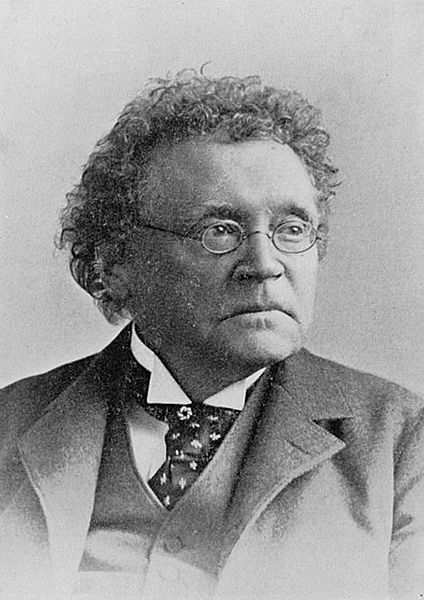Scottish folk music is a genre of folk music that uses forms that are identified as part of the Scottish musical tradition. There is evidence that there was a flourishing culture of popular music in Scotland during the late Middle Ages, but the only song with a melody to survive from this period is the "Pleugh Song". After the Reformation, the secular popular tradition of music continued, despite attempts by the Kirk, particularly in the Lowlands, to suppress dancing and events like penny weddings. The first clear reference to the use of the Highland bagpipes mentions their use at the Battle of Pinkie Cleugh in 1547. The Highlands in the early seventeenth century saw the development of piping families including the MacCrimmons, MacArthurs, MacGregors and the Mackays of Gairloch. There is also evidence of adoption of the fiddle in the Highlands. Well-known musicians included the fiddler Pattie Birnie and the piper Habbie Simpson. This tradition continued into the nineteenth century, with major figures such as the fiddlers Niel and his son Nathaniel Gow. There is evidence of ballads from this period. Some may date back to the late Medieval era and deal with events and people that can be traced back as far as the thirteenth century. They remained an oral tradition until they were collected as folk songs in the eighteenth century.

Lonach Pipe band, Edinburgh Scotland, 2009. Pipe bands are among the most recognizable forms of traditional Scottish music.
A detail from The Highland Wedding by David Allan, 1780
Cover of John Playford's Collection of original Scotch-tunes, (full of the highland humours) for the violin (1700)
Francis James Child, one of the key figures in beginning the first folk revival
Flora MacNeil, MBE was a Scottish Gaelic Traditional singer. MacNeil gained prominence after meeting Alan Lomax and Hamish Henderson during the early 1950s, and continued to perform into her later years.
MacNeil in 2006





